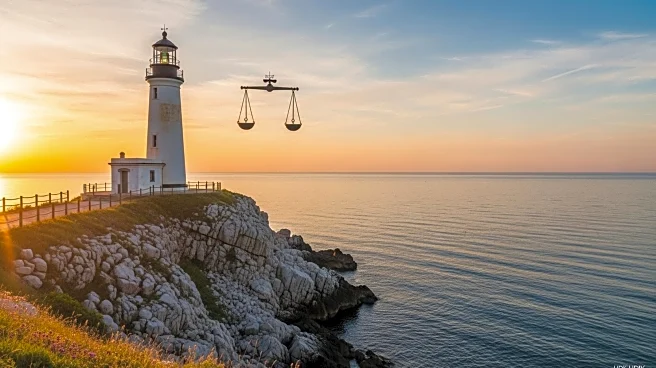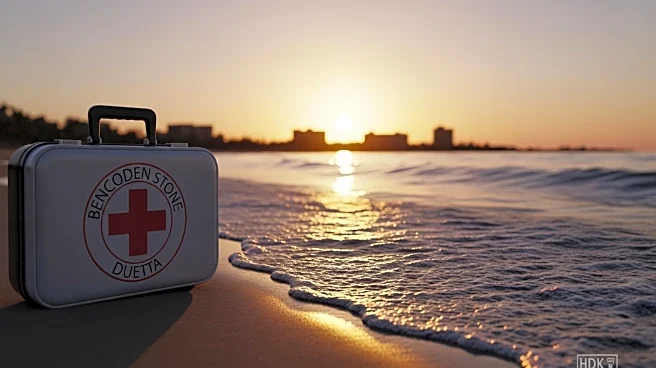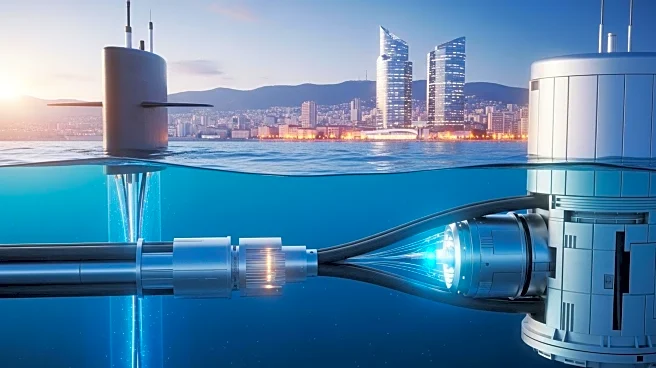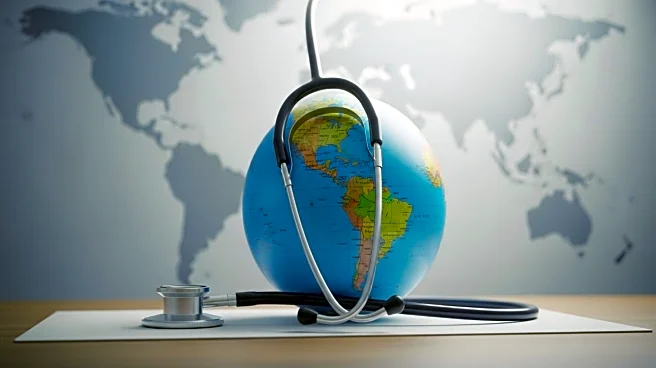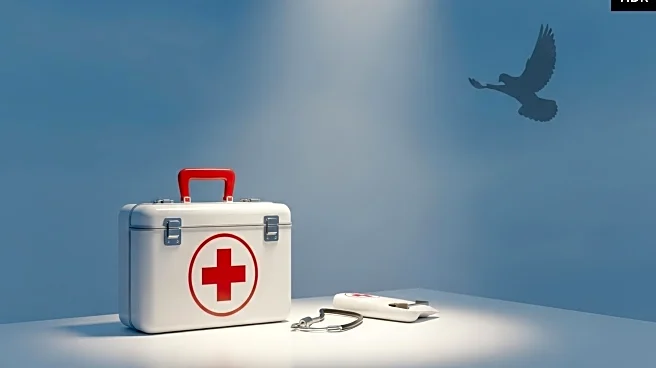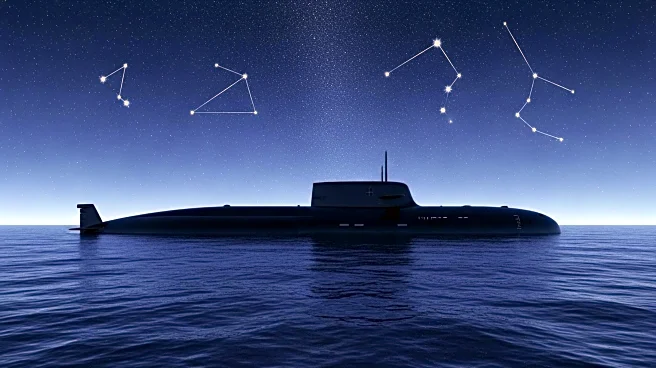What's Happening?
Doctors Without Borders has been actively involved in rescuing migrants stranded in the Mediterranean Sea. The humanitarian group, aboard the Geo Barents ship, has saved 258 lives during a 10-day mission. The migrants, including families, young men, and a mother with her children, embarked on their journey from Libya, paying smugglers for a chance to reach Europe. The rescuers face exhausting and traumatizing conditions but find solace in moments of beauty, such as watching dolphins swim alongside the ship. The Geo Barents serves as a temporary refuge, offering spaces for jogging, yoga, and meditation to the crew.
Why It's Important?
The efforts of Doctors Without Borders highlight the ongoing humanitarian crisis in the Mediterranean, where thousands of migrants risk their lives to escape conflict and poverty. The organization's work underscores the need for international cooperation and policy changes to address the root causes of migration and improve safety for those seeking asylum. The rescue operations not only save lives but also bring attention to the dire conditions faced by migrants, potentially influencing public opinion and policy decisions in Europe and beyond.
What's Next?
Doctors Without Borders will likely continue their rescue missions, advocating for better policies and support for migrants. The organization may face challenges such as funding, political opposition, and logistical hurdles. Increased awareness and media coverage could lead to more support from governments and NGOs, potentially resulting in improved conditions and safer migration routes. The ongoing crisis may prompt discussions on international migration policies and humanitarian aid strategies.
Beyond the Headlines
The presence of dolphins alongside the rescue ship serves as a poignant reminder of the beauty and resilience of life, even amidst human suffering. This juxtaposition highlights the ethical and moral dimensions of the migrant crisis, urging societies to reflect on their responsibilities towards vulnerable populations. The story also raises questions about the long-term impact of migration on European societies, including cultural integration and economic contributions.


